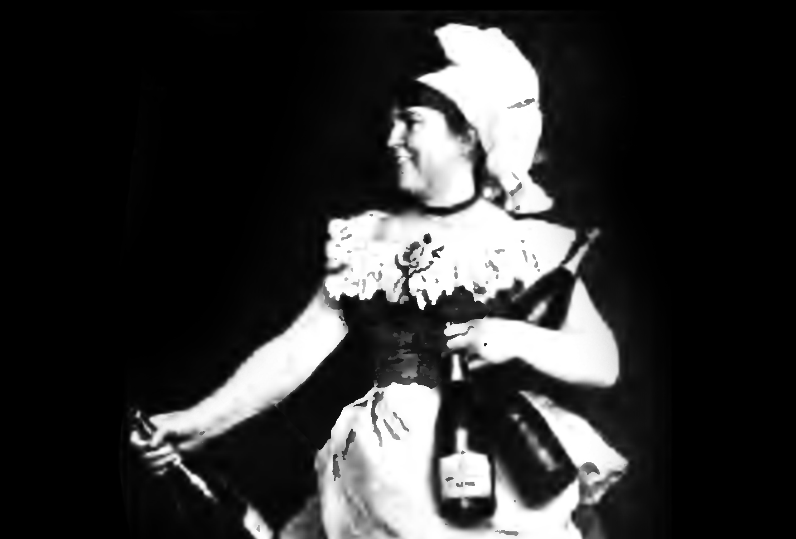<![CDATA[Archaeologists from the US have found the ancestor of the world famous Chianti wine in the Chiantishire region in Tuscany. The ancient wine was found in Cetamura, an old world hilltop located near Gaiole in an 105 foot deep well. As we recently reported, archaeologists uncovered a number of artifacts such as cups, game pieces, bronze vessels, coins and statues, spanning more than 15 centuries, all the way back to the Etruscan, Roman and Medieval civilizations in the region. Among the various artifacts that have been uncovered, the 500 odd waterlogged grape seeds are considered to be the most important. These seeds have been found at various levels, including the Etruscan and Roman levels, and are known to have been perfectly preserved. This discovery should help to offer unique insights into the viticulture of the region that is now popular for the splendid Chianti wine. According to Nancy de Grummond, a professor at the Florida State University, the seeds that have been discovered range from the 3rd century BC to the 1st century AD. The fact that they haven’t been burned should also allow researchers DNA from them. De Grummond has been excavating various sites in the area for the past four years with assistance from the Archaeological Superintendency of Tuscany and an Italian archaeological firm known as Ichnos. Now these grape seeds have been subjected to analysis in the University of Naples Federico II, to trace the wood anatomy and the vegetation history of the era. These tests were headed by lead researcher Gaetano di Pasquale, who obtained a variety of data in order to highlight the differences between each seed. According to the results of these tests, it was determined that the seeds of wild grapes were smaller and rounder while the seeds of cultivated grapes were elongated and bigger in size. Di Pasquale states that the results lead to the hypothesis that the Etruscans were much more advanced in terms of viticulture when compared to the Romans. The Roman seeds seemed to be wilder and less cultivated. He also mentioned that different grapes grew in the region during the Etruscan and Roman eras. The modern day Chianti Classico was standardized in the 19th century by Baron Bettino Ricasoli. It dictated for 70 percent of the Sangiovese to be blended with 15 percent of the white Malvasia and 15% of the red Canaiolo. Whether the Etruscans or the Romans had a similar composition in their wine still needs to be determined. Di Pasquale believes that the biggest challenge for the team lies in trying to name and identify these waterlogged seeds. He also believes that if the answer is to be found, it must be present in the results of the ancient DNA analysis. However, this seems to be easier said than done as the process is still considered to be in an experimental stage. ]]>
Ancestors of the Chianti Wine Discovered
